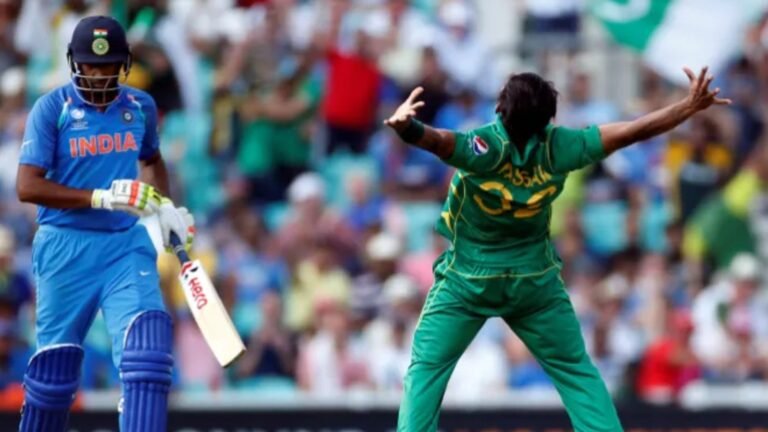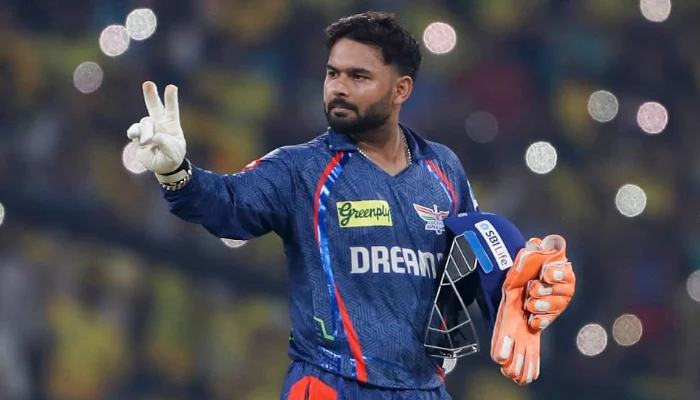Cricket, a game that weights both accuracy and authority, is all around the perfect equilibrium of talent, judgement, and method. Batting is one of the most vital aspects of the game, and as any experienced cricketer will tell you, completing your batting technique is a nonstop journey of learning and adaptation. Whether you’re a growing cricketer or a seasoned player, concentrating on the right techniques can expressively raise your game.
In this blog, we’ll dive into the key areas of batting that can help you develop a more refined technique, giving you the tools to dominate both fast and spin bowling. Let’s break it down step by step.
1. Perfecting Your Grip

A hard and comfortable grip is the basis of good batting technique. It’s the only opinion of contact between the bat and the player, so it’s important to get it right.
The Basics of Bat Grip:
- Top Hand: The top hand (usually the left hand for right-handed batters) should grip the bat confidently, but not too tight. The knuckles should face slightly down, with the thumb and directory finger forming a V shape along the back of the bat handle.
- Bottom Hand: The bottom hand should deliver power but not instruction. The hand should be relaxed and permit for flexibility, ensuring the bat can be oscillated freely.
- Positioning: Your hands should be in a neutral position, not too high or low on the handle, with your top hand close to the top of the bat.
2. Stance and Posture: The Starting Point

Your posture is your first line of defense against any bowler. A good posture allows you to move quickly, judge the ball successfully, and play a change of shots.
The Ideal Stance:
- Feet Position: Your feet should be shoulder-width separately, with your weight evenly dispersed. Your front foot should be slightly forward of your back foot to prepare for any quick movements.
- Head Position: Keep your head still and affiliated with the body. This helps you keep balance and focus on the ball. Your eyes should track the ball from the bowler’s hand all the way to effect.
- Knees and Elbows: Slightly bend your knees for flexibility. This permits you to adjust to the length of the delivery, while your elbows should be relaxed to help control the bat.
3. Footwork: Reacting to the Ball

Footwork is one of the most important features of batting. Without proper footwork, you won’t be capable to play the ball efficiently or judge its trajectory.
Types of Footwork:
- Forward Defense: For a good forward cover shot, take a step toward the ball. Your front foot should land just ahead of the fold, confirming the bat is associated with the line of the ball.
- Back foot Defense: When playing on the back foot, make sure your weight is moved to your back foot. This allows you to control the ball and drive it successfully when needed.
- Adjusting to Length: Fast bowlers often bowl with variable lengths. If the ball is short, regulate by moving onto the back foot to get in the right position to protect or cut. For fuller distributions, move forward positively and play with a straight bat.
Practice Tips:
- Shadow Batting: Stand in front of a mirror or practice net and practice foot movements without the ball. This helps you adjust your body positioning for both attacking and defensive shots.
- Quick Feet Drills: Set up cones or markers and practice moving your feet swiftly to cover both forward and backward movements.
4. Bat Swing and Shot Selection

The excellence of your shots often depends on how effectively you swipe the bat. Playing the right shot at the right time is an art form that can be learnt with practice.
Shot Selection:
- Straight Drive: The straight drive is a typical shot for any batsman. Focus on hitting the ball straight down the ground with negligible risk. It needs good footwork to get to the pitch of the ball and a steady follow-through.
- Cut Shot: The cut shot is a great way to handle short-pitched distributions. Make sure your body remains balanced and the bat comes down at an angle to square the ball. Keep your head still to maintain control.
- Pull Shot: For bouncers, the pull shot is dynamic. With the back foot movement, you can easily pull the ball toward square leg. Remember to keep your eyes on the ball and ensure the bat meets it with precision.
Bat Swing:
- Follow Through: A complete follow-through confirms the bat doesn’t stop shortly, allowing the ball to travel further.
- Head Alignment: The head should always be still and the eyes must track the ball from the bowler’s hand. A good head position confirms a balanced bat swing and better shot performance.
- Straight Bat: Whenever possible, maintain a straight bat. A straight bat ensures that you play more deliveries under control and decreases the chances of getting out.
5. Building Mental Toughness

The psychological feature of batting cannot be ignored. The pressure of the condition, whether you’re facing a bowler on a hat-trick or racing a target in the final over, can test your decide. Developing mental toughness is essential for every successful batsman.
Tips for Mental Toughness:
- Focus on the Process, Not the Outcome: Rather than disturbing about the scoreboard or how many runs you need to score, focus on playing each ball as it comes.
- Visualize Success: Before walking out to bat, visualize yourself playing well. This increases confidence and helps you relax.
- Stay Calm Under Pressure: In high-pressure moments, repeat yourself to stay calm and think about your strengths. This is mostly helpful during tough match situations.
6. Building Consistency with Practice’

While theory is important, no batting technique will improve without reliable practice. Here are some tips for structuring your practice sessions effectively:
Structured Practice Plan:
- Net Sessions: Spend excellence time in the nets practicing against different types of bowlers. Try to repeat match situations by irregular between defensive and attacking shots.
- Against Spin and Pace: Differentiate your practice by focusing on spin and pace bowlers. Practice sweeps, reverse sweeps, and lofted shots against spin. For pace, focus on front-foot drives, pull shots, and playing with a straight bat.
- Match Simulation: Simulate match conditions by playing practice matches. This helps you regulate to pressure situations and makes you feel more comfortable under real-game circumstances.
7. Strength and Conditioning

Batting is not just about technique; physical fitness also plays a important role. Building strength, agility, and energy can improve your overall performance and make you a more stable batsman.
Physical Conditioning Tips:
- Core Strength: Focus on exercises like planks, leg raises, and twists to build a strong core, which is energetic for maintaining balance during your shot performance.
- Leg Strength: Cricket involves a lot of lower-body movement, so leg exercises like squats, lunges, and sprints will help improve your footwork and movement.
- Endurance Training: Batting for long period’s demands stamina. Including stamina activities like running or cycling into your fitness routine will help you stay sharp during long innings.
8. Review and Adaptation

Improvement is a nonstop process, so reviewing your performance after every game or practice session is important. Ask for response from coaches or senior players, and adapt your technique accordingly.
Key Points to Review:
- Shot Selection: Were you playing the right shots at the right time? Examine your shot decisions and work on eliminating unnecessary risks.
- Footwork: Did you move quickly and get into position for each delivery? Examine if you need to improve your reaction time for different lengths.
- Mental State: Were you calm and focused under pressure? Imitate on your mental methodology and make adjustments where needed.
Conclusion
Improving your cricket batting techniques needs dedication, focus, and constant effort. Understanding the fundamentals like grip, stance, and footwork, combined with the right mental and physical conditioning, can make a world of difference. Recall, no batsman becomes great overnight, but with structured practice and stability, you can improve your batting skills and make a significant impact on the field.
By focusing on the small details and gradually perfecting them, you’ll see obvious improvements in your overall batting technique. Happy batting, and May your cricketing journey be filled with runs and success!
This should cover all the major features of improving batting technique. You can break it into segments or adjust it as needed for specific audiences. Let me know if you need any reviews or additional details!
















